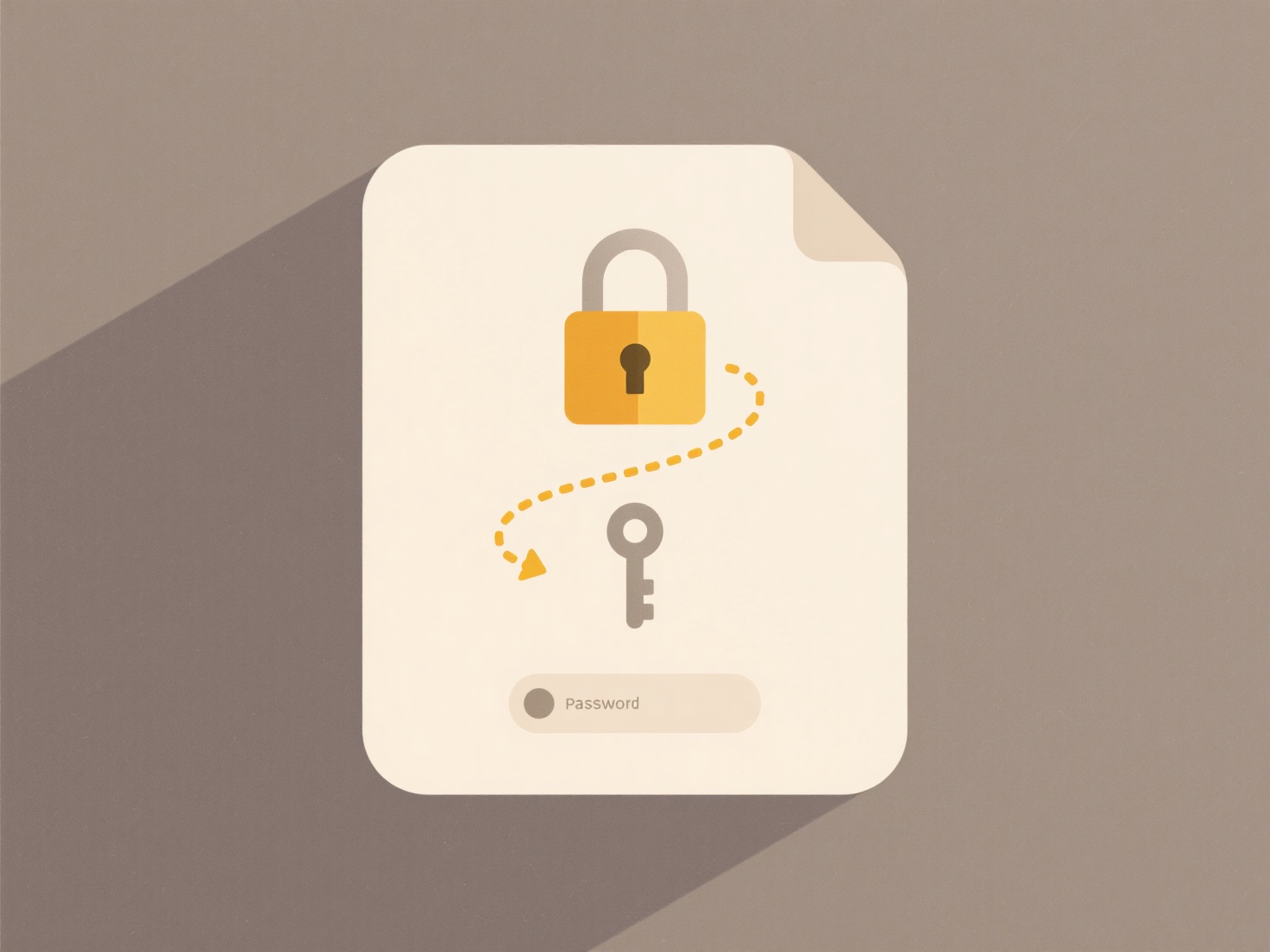
Some software restricts saveable formats to maintain compatibility, licensing requirements, or feature integrity. This limitation often occurs because the application relies on specific internal data structures that don't map cleanly to all external formats, or because exporting certain formats requires specialized licensed technology not integrated. For instance, complex formats like CAD files or encrypted documents often require dedicated tools.

Commonly, graphic design programs restrict output to raster/image formats (like PNG, JPG) unless using dedicated "Export" functions preserving vector data. Video editors might lock saving to project files internally but offer limited codec export only via a "Render" menu. Enterprise data tools often block sensitive formats like CSV or XML to enforce security protocols and structured data flows.
The main advantage is preventing corrupted files or unexpected data loss for users. A key limitation is reduced flexibility, potentially hindering collaboration across different software. This approach sometimes raises concerns about vendor lock-in, where users are compelled to stay within one ecosystem. Ongoing interoperability standards and open-source alternatives are gradually improving format accessibility across platforms.
Why can’t I select certain file formats while saving?
Some software restricts saveable formats to maintain compatibility, licensing requirements, or feature integrity. This limitation often occurs because the application relies on specific internal data structures that don't map cleanly to all external formats, or because exporting certain formats requires specialized licensed technology not integrated. For instance, complex formats like CAD files or encrypted documents often require dedicated tools.

Commonly, graphic design programs restrict output to raster/image formats (like PNG, JPG) unless using dedicated "Export" functions preserving vector data. Video editors might lock saving to project files internally but offer limited codec export only via a "Render" menu. Enterprise data tools often block sensitive formats like CSV or XML to enforce security protocols and structured data flows.
The main advantage is preventing corrupted files or unexpected data loss for users. A key limitation is reduced flexibility, potentially hindering collaboration across different software. This approach sometimes raises concerns about vendor lock-in, where users are compelled to stay within one ecosystem. Ongoing interoperability standards and open-source alternatives are gradually improving format accessibility across platforms.
Quick Article Links
What is a .zip file?
A .zip file is a digital archive format that bundles one or more files or folders into a single, compressed container. I...
Can I create a file naming policy for my team?
A file naming policy is a standardized set of rules teams agree on to name files consistently. It dictates elements like...
How do I organize photos by date and event?
Organizing photos by date and event means grouping your pictures based on when they were taken (using metadata like capt...